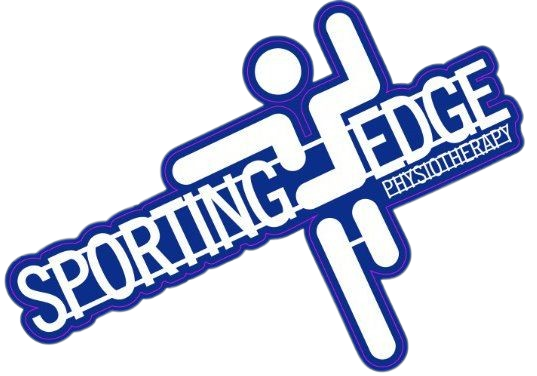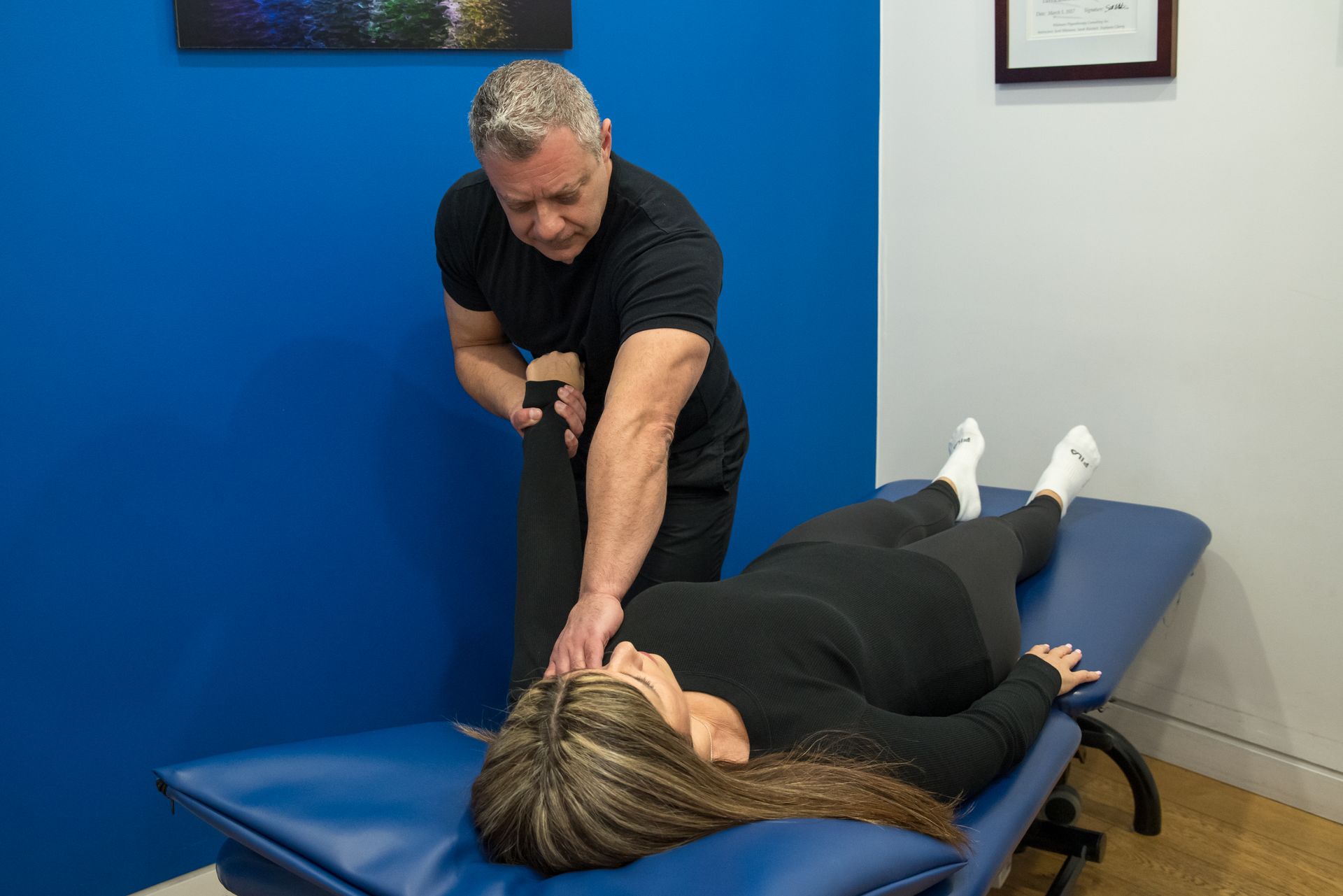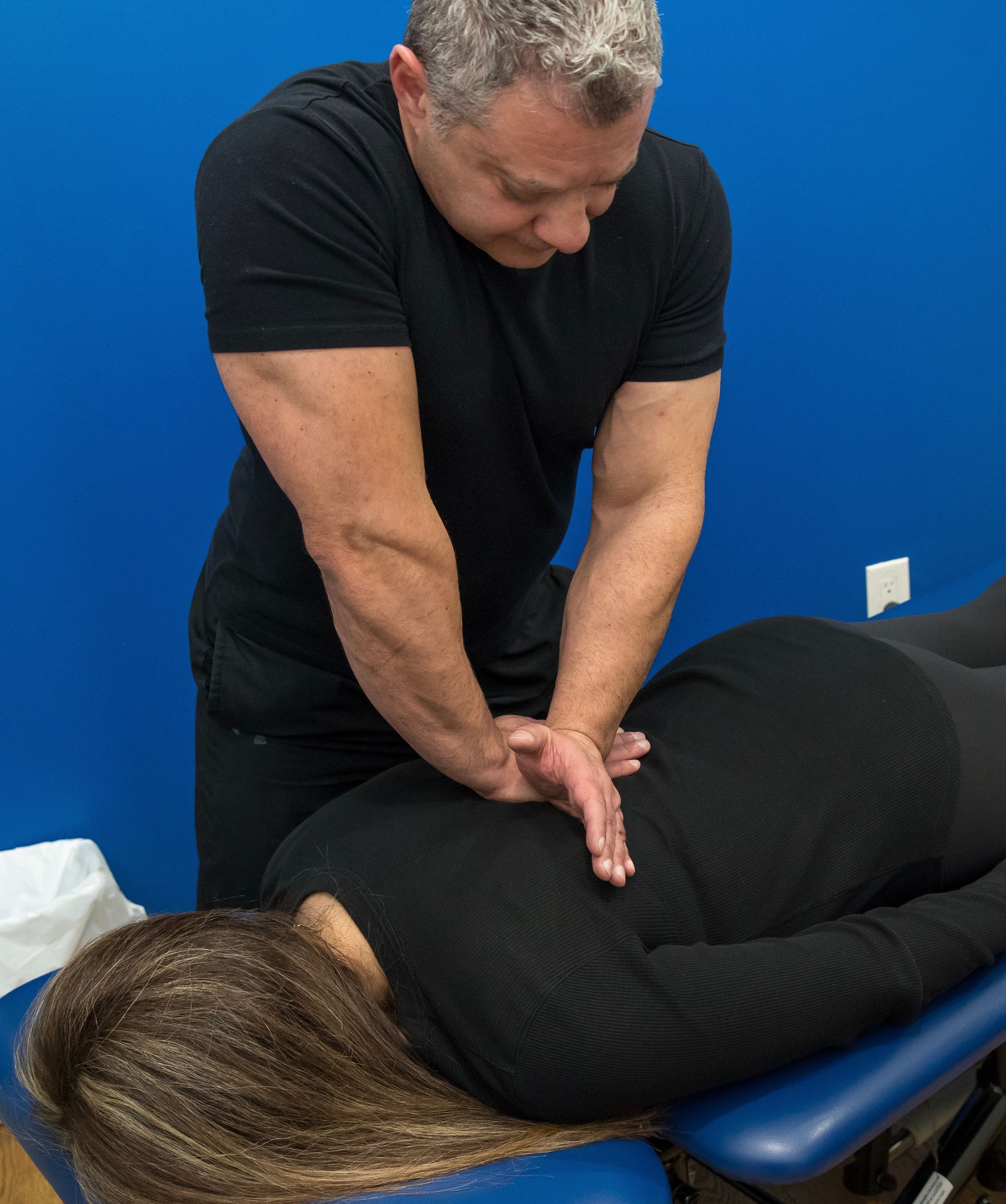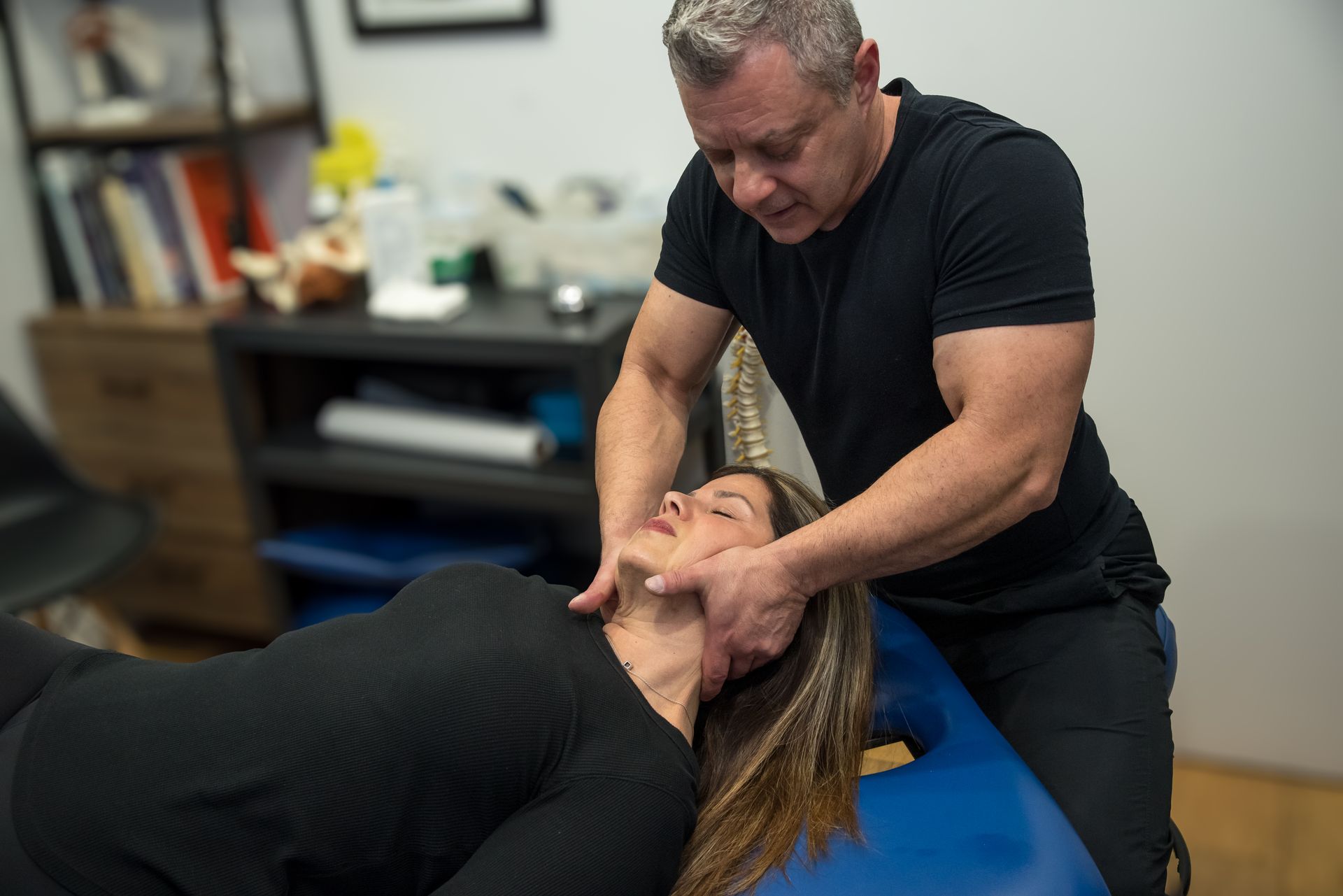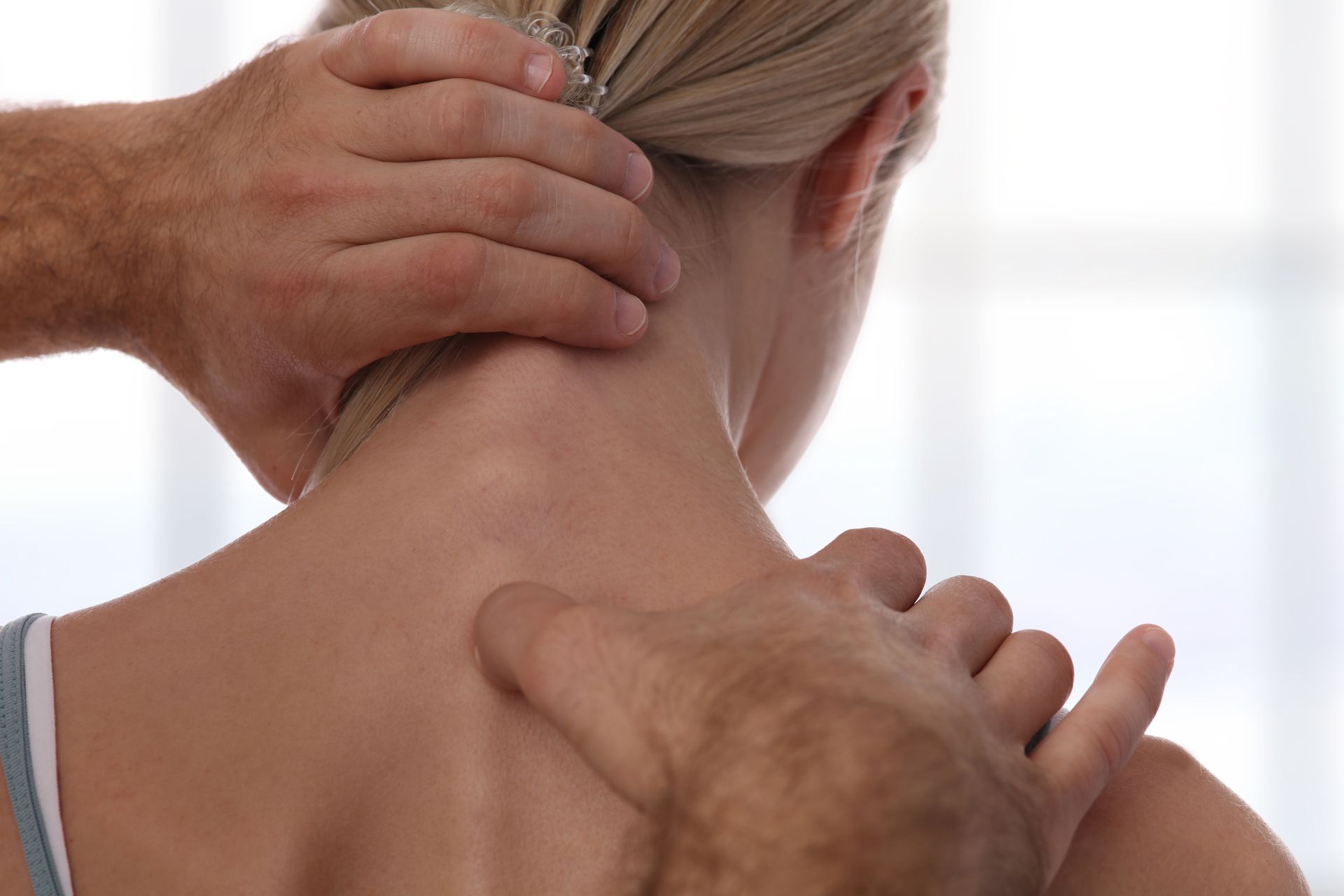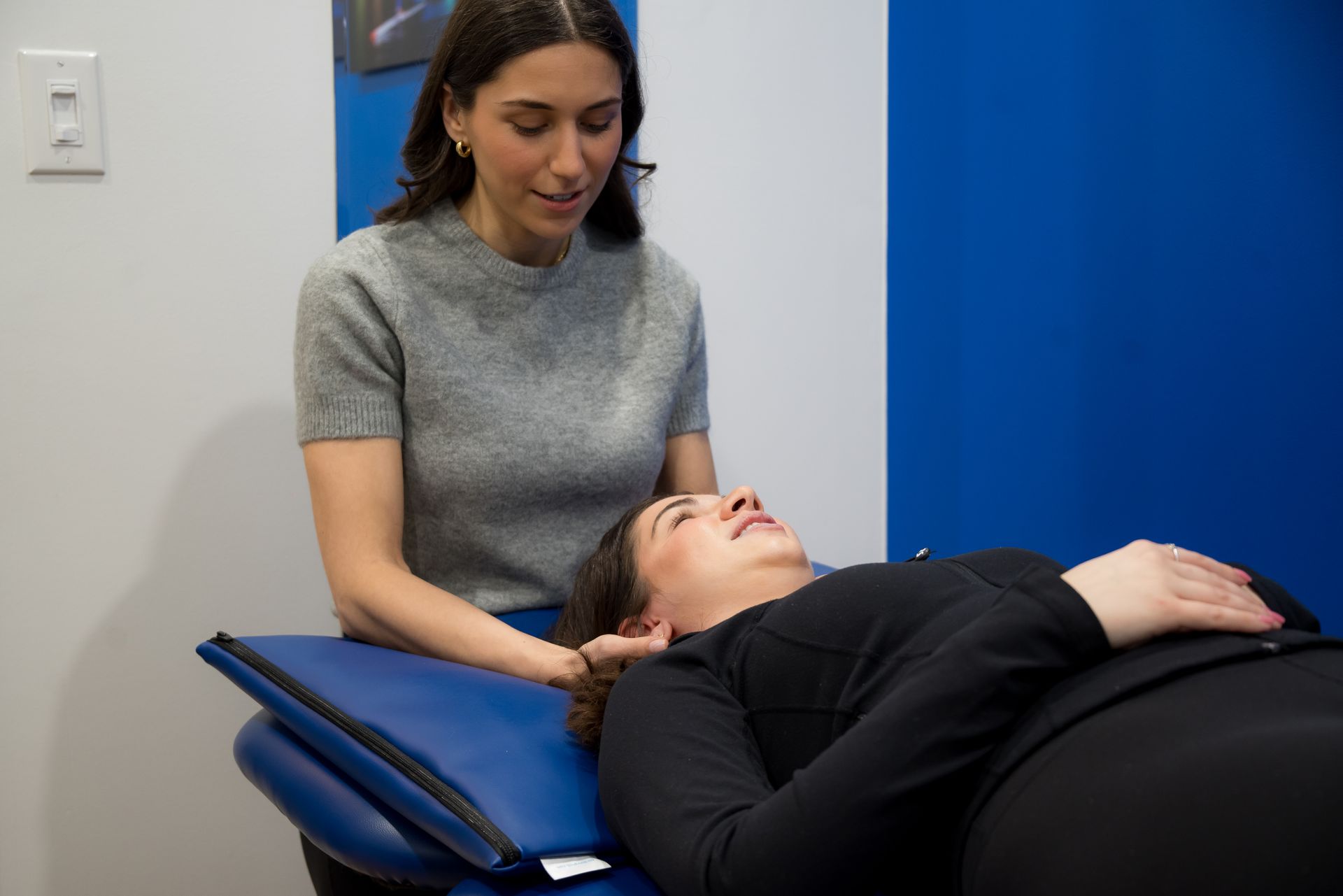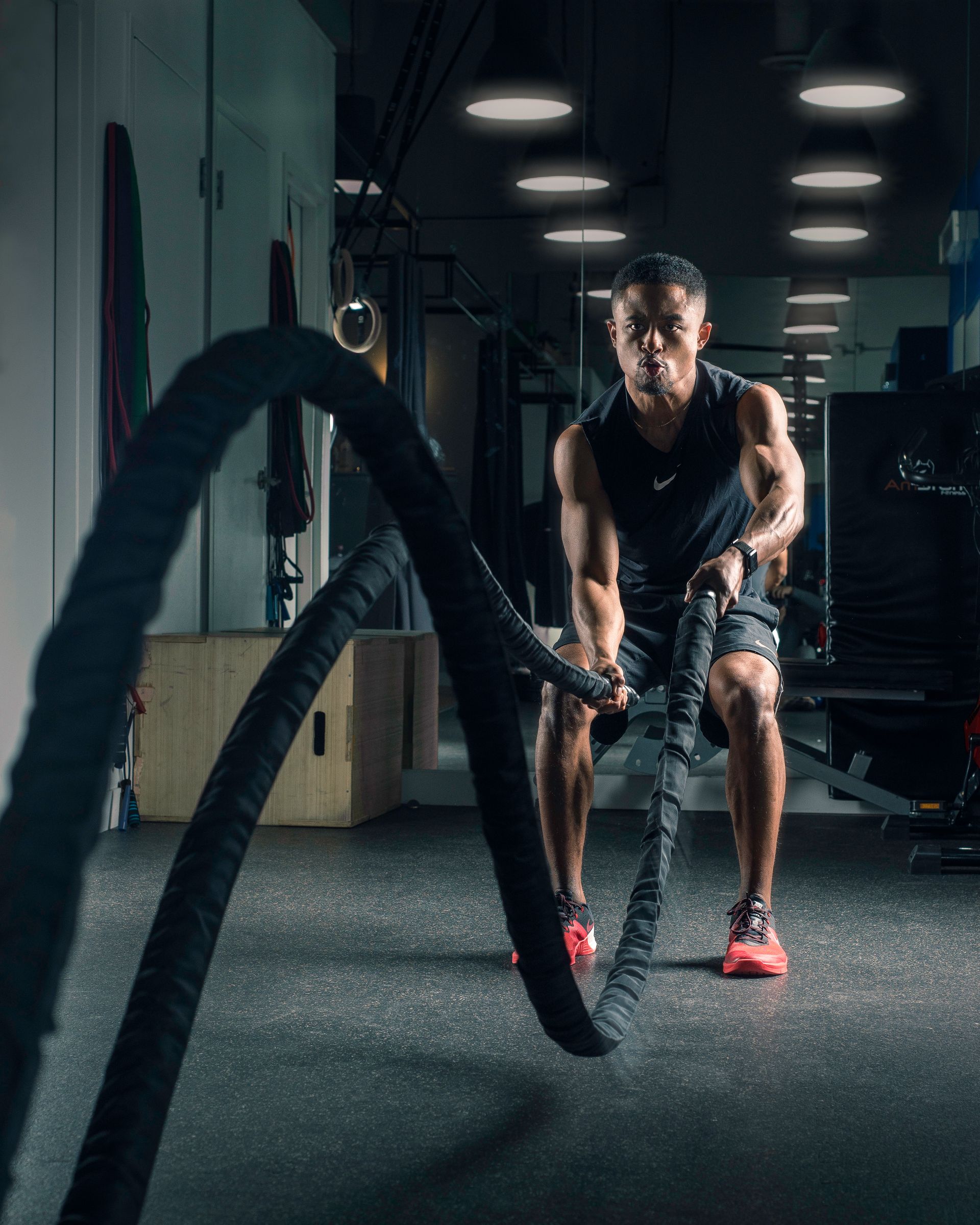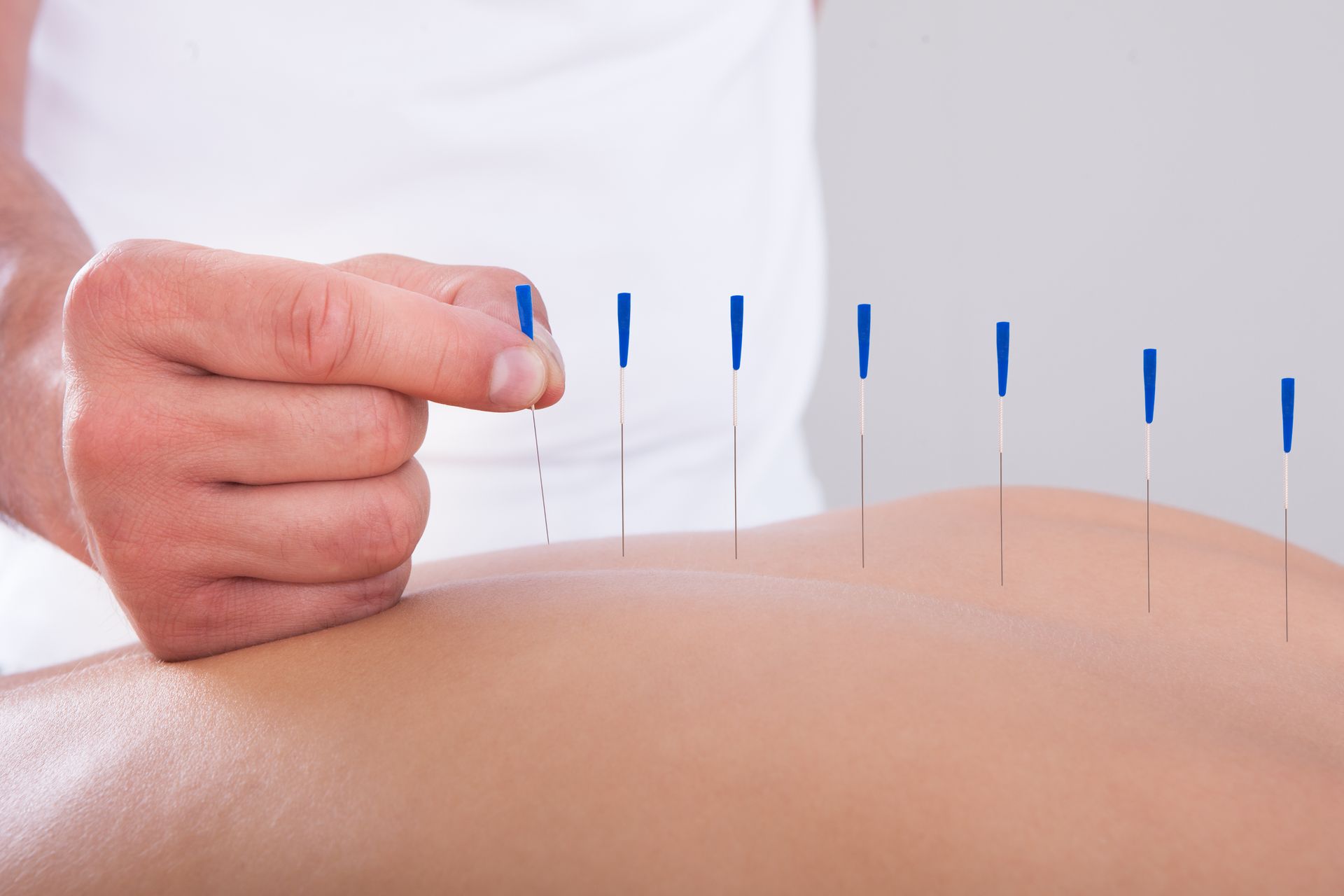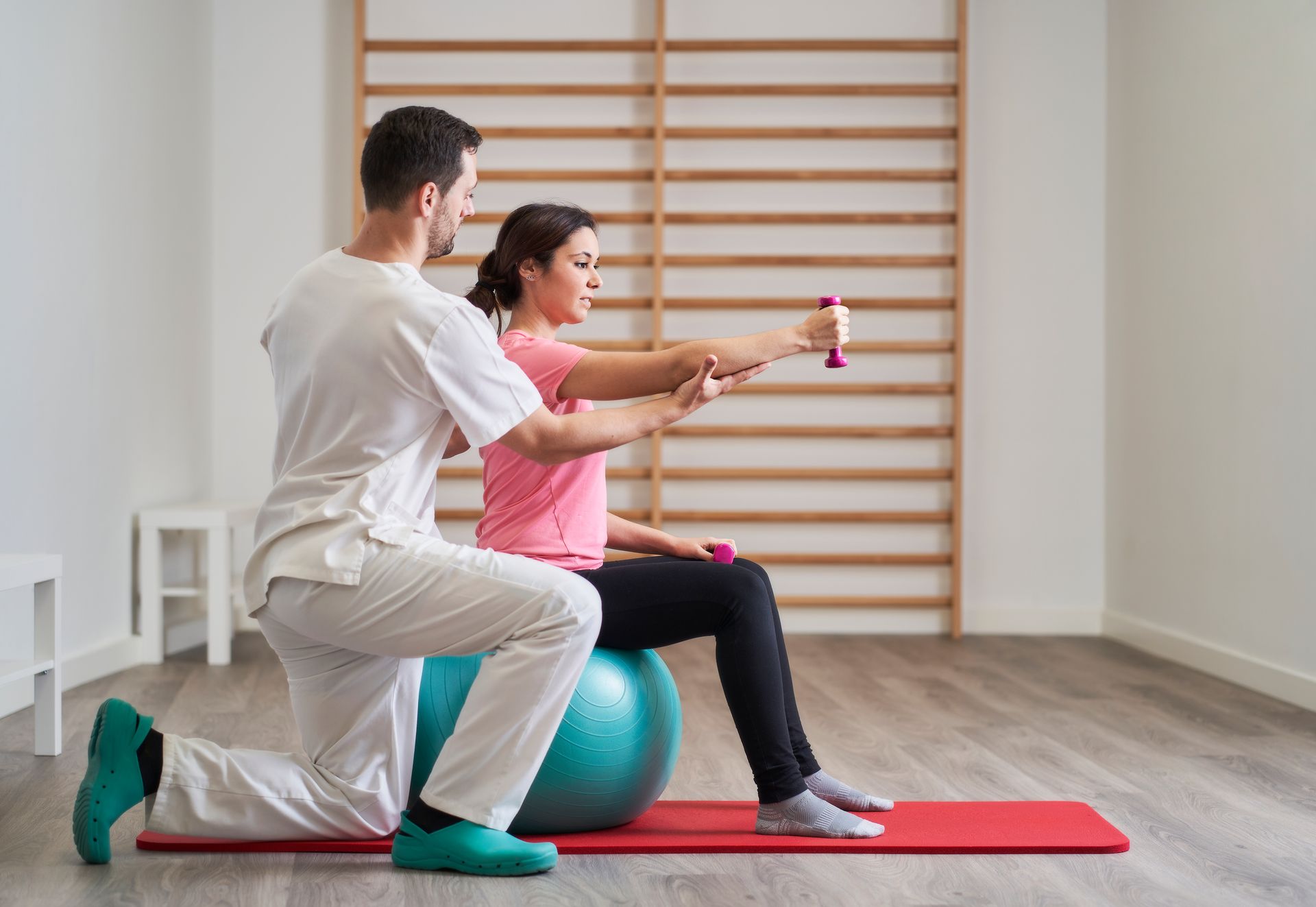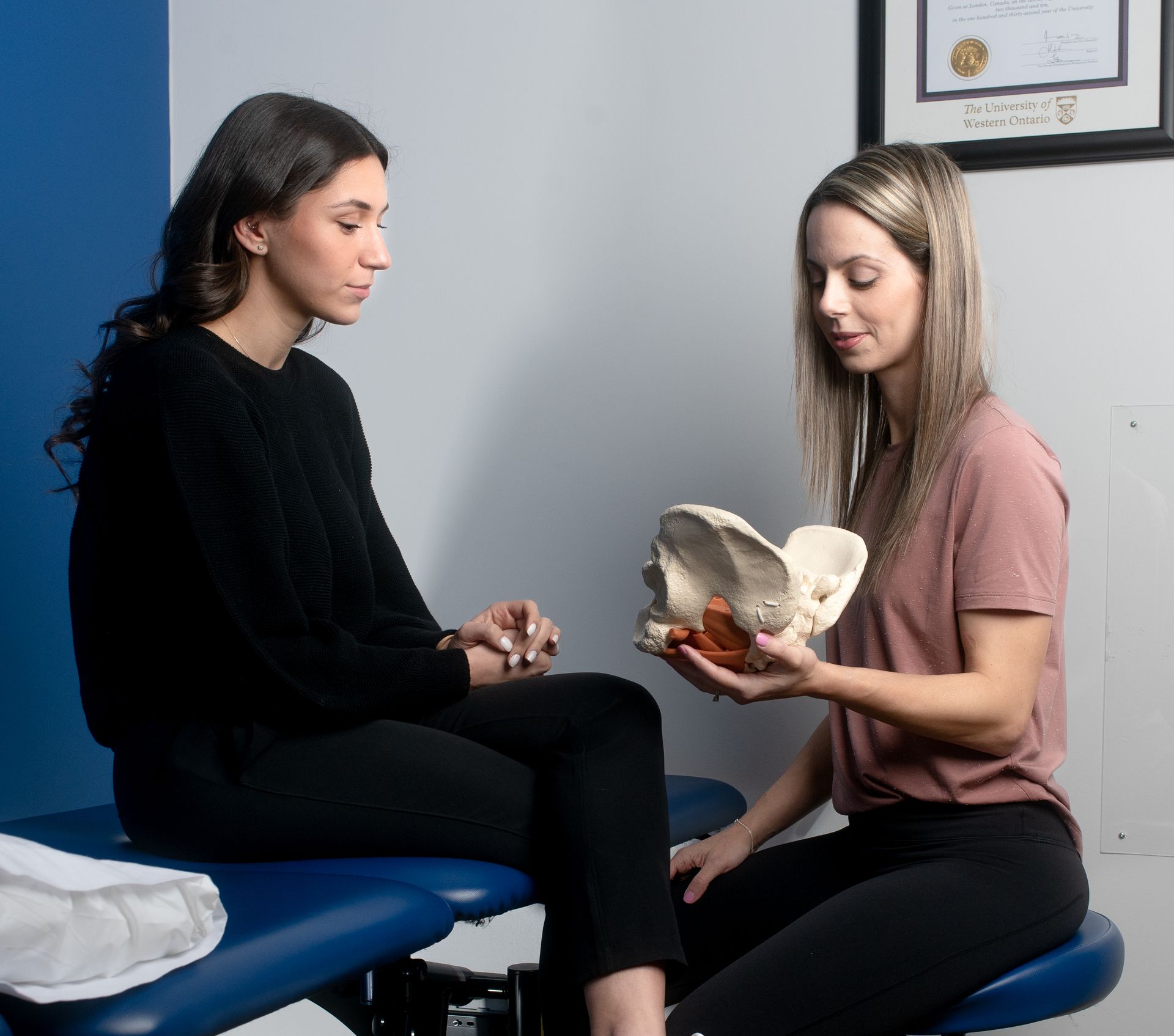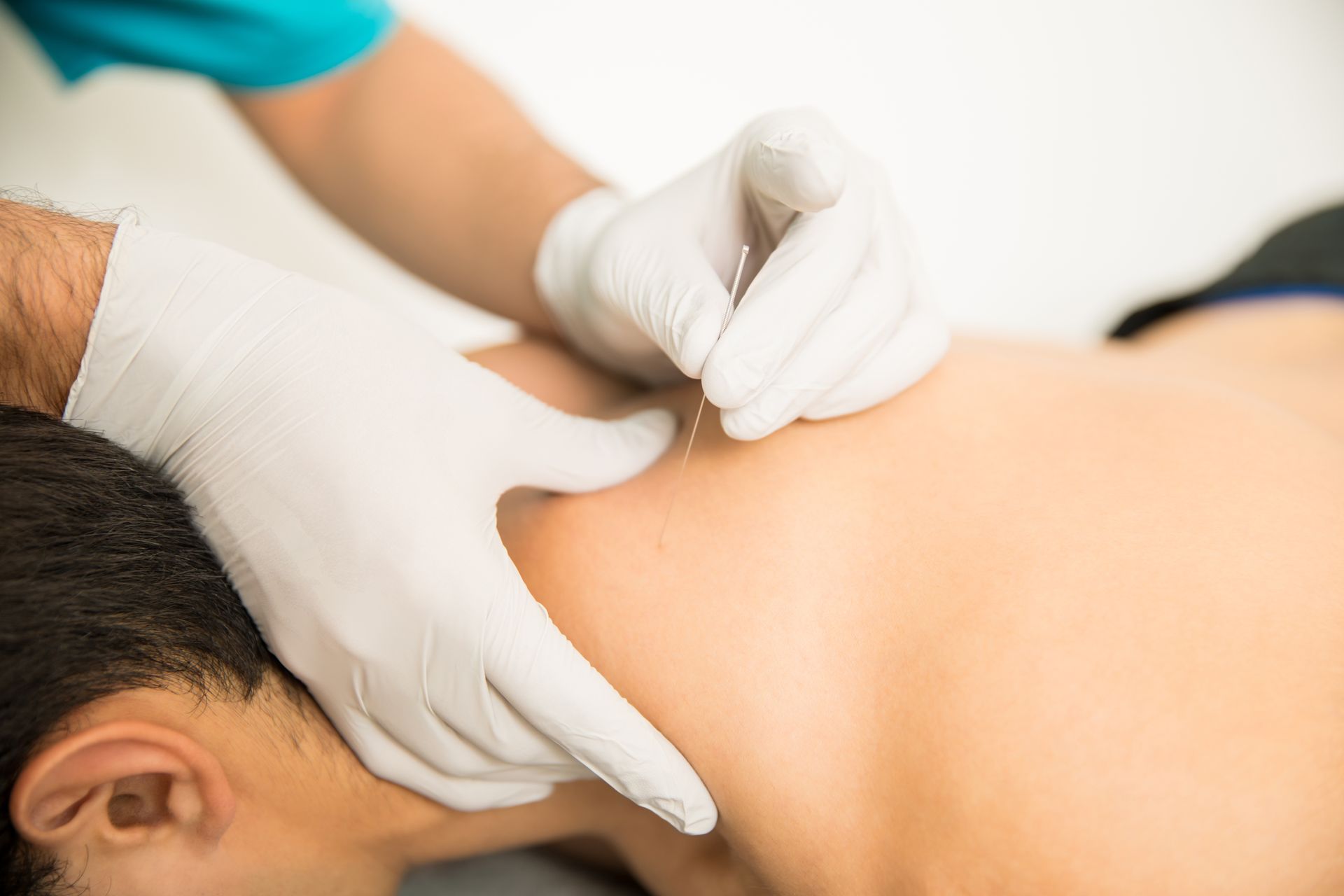Osteopathy Treatment
Understanding Osteopathy
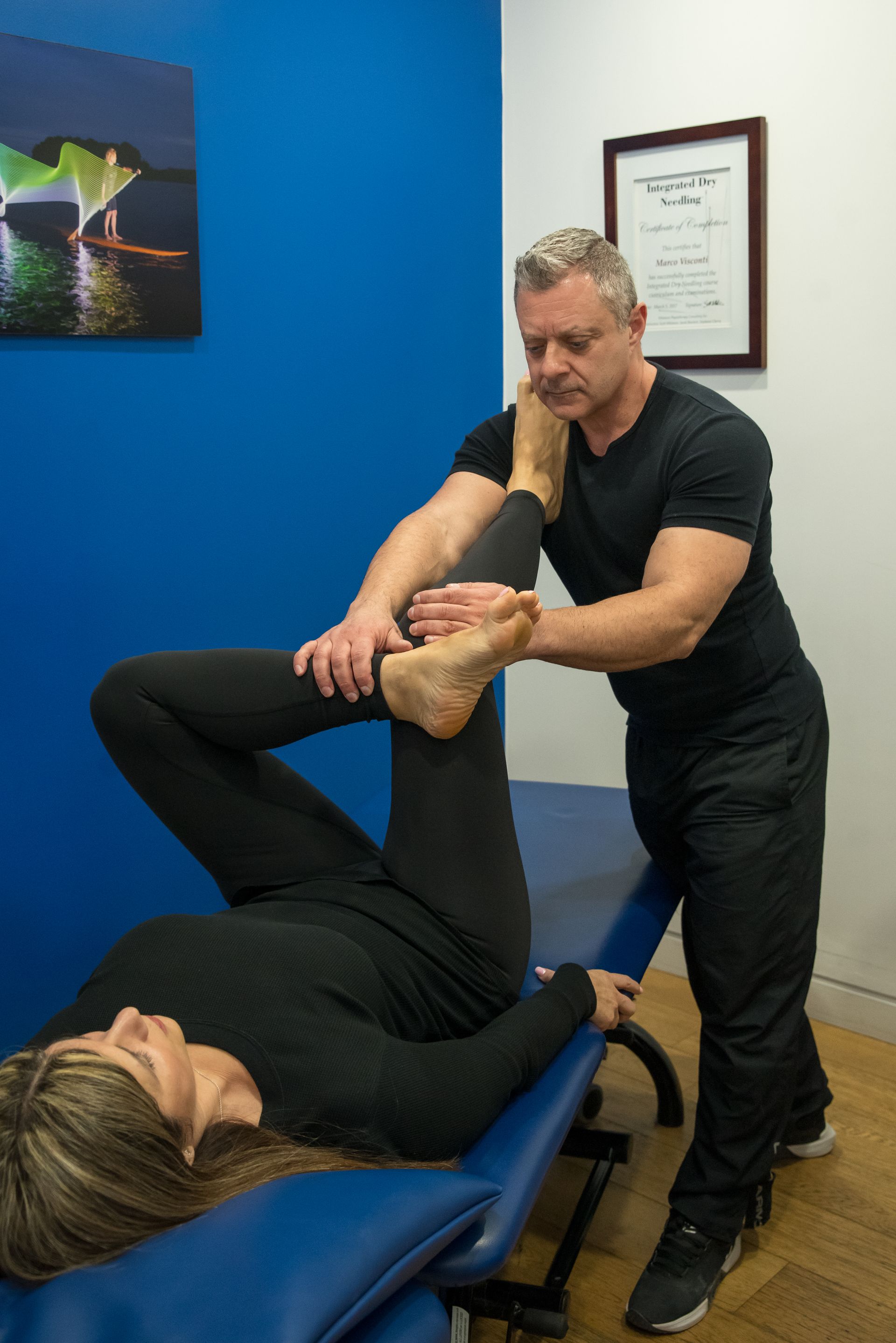
What to Expect During Your Sessions?
Your journey begins with a comprehensive initial assessment, where we review your medical history and conduct a physical examination. This thorough evaluation allows us to develop a personalized treatment plan aimed at addressing your specific concerns and health goals.
Hands-on techniques, including stretching, manipulation, and massage, are applied to promote effective healing. Throughout the session, we maintain ongoing communication, providing regular feedback and making adjustments based on your comfort and responses to the treatment.
Post-treatment, you'll receive advice on exercises, lifestyle changes, and preventive measures to support your recovery. Follow-up sessions may be scheduled to ensure continual improvement. Additionally, self-care recommendations are provided, offering tips on maintaining good health and preventing recurrence of issues.
